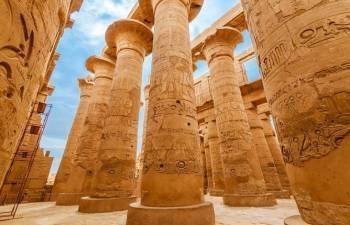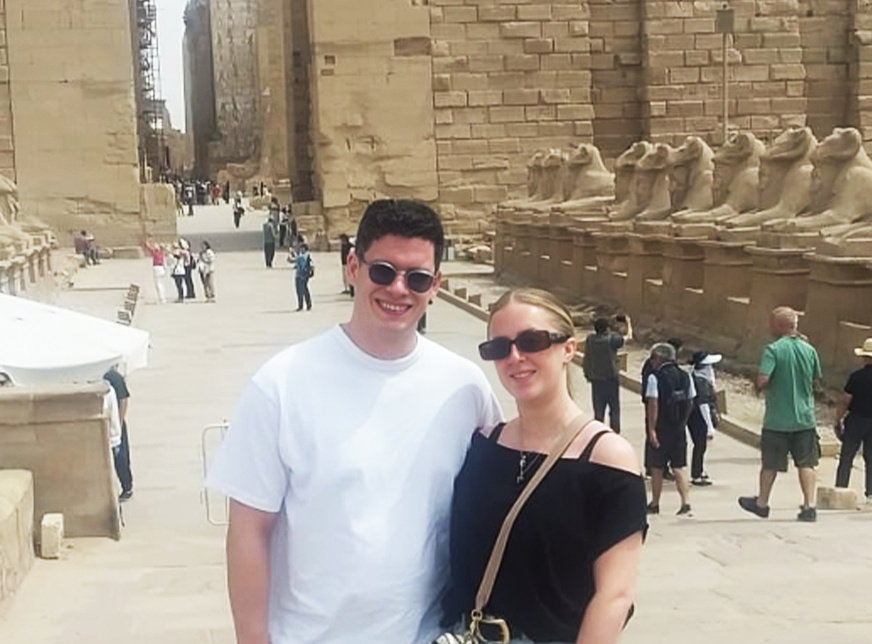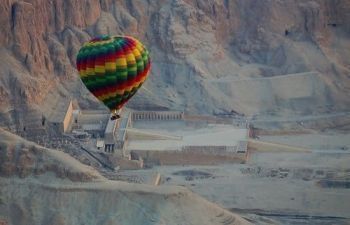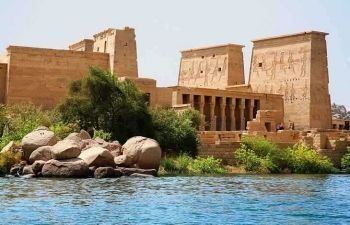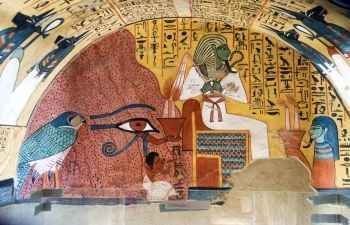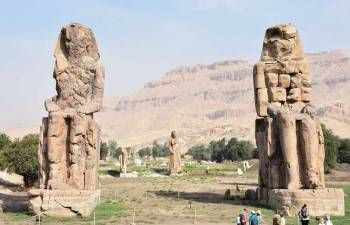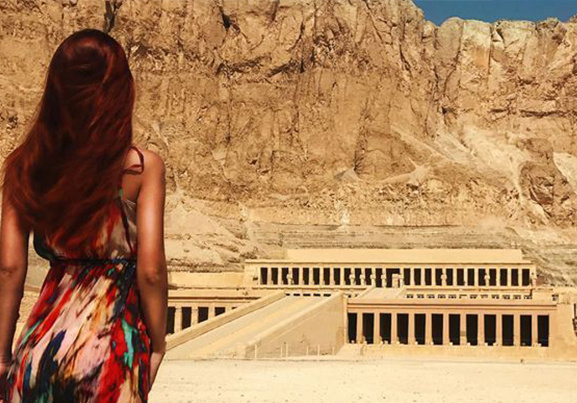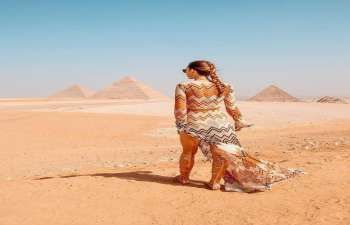Luxor Attractions
Information about the history of Luxor and all of the most significant sites around the city. Luxor is basically an open-air museum, and there's no better place in Egypt to stop for a few days and simply lose yourself in the wonders of the ancient world.
luxor Travel Guide
Luxor is a city of many names. The ancient Egyptians called it West, meaning the City of the Sceptre. When the Greeks came, they called it Thebes. Today it is the modern city of Luxor, from the Arabic al-ʾuqṣur (الأقصر) meaning "the palaces". This enchanting city is located right along the great Nile
Valley of the Kings
The west bank of Luxor had been the site of royal burials since around 2100 BC, but it was the pharaohs of the New Kingdom period (1550–1069 BC) who chose this isolated valley dominated by the pyramid-shaped mountain peak of Al Quran (The Horn). Once called the Great Necropolis of Millions of Years
Dendera temple
Dendera Temple complex, (Ancient Egyptian: Iunet or Tantere)(19th century English spelling in most sources, including Belzoni was Tentyra). located about 2.5 km south-east of Dendera, Egypt. It is one of the best-preserved temple complexes in Egypt. The area was used as the sixth Nome of Upper Egypt
Tutankhamun
In East Valley, in 1922, Howard Carter found what was labeled KV62, The Tomb of Tutankhamun, while many of the tombs and chambers in the area were sacked by thieves, this one was intact and stocked full with treasures. Valuable things as jewelry, statues and the Pharaoh’s chariot, were valuable fin
the Tomb of Seti I
The tomb of Seti 1 KV 17, located in the southeast branch of the wadi, is the longest and deepest of all the tombs in the Valley of the Kings. It is the first tomb to be decorated with a complete program of religious texts. The tomb is decorated with the Litany of Ra
Karnak temple
Karnak temple also called Al-Karnak, village located in Qinā muḥāfaẓah (governorate), Upper Egypt, which has given its name to the northern half of the ruins of Thebes on the east bank of the Nile River, including the ruins of the Great Temple of Amon. Karnak ,Temple of Mut and Khonso
Edfu temple
The Temple of Edfu is the second largest temple in Egypt. It is also known as the Temple of Horus (the falcon-headed God) and it is the most beautiful and well-preserved of all the Egyptian temples. Located between the Egyptian cities Luxor and Aswan, a French archaeologist by Auguste Mariette i
Kom Ombo temple
Kom Ombo is one of the more unusual temples in Egypt. Due to the conflict between Sobek and Horus, the ancient Egyptians felt it necessary to separate their temple spaces within one temple. The Kom Ombo temple has two entrances, two courts, two colonnades, two Hypostyle halls, and two sanctuaries
The Unfinished Obelisk
The Unfinished Obelisk is still in its original location, a granite quarry in Aswan. It is 42m in length and is thought to have been abandoned during its construction when some cracks appeared in the rock. Had this obelisk been completed,
Top 10 Attractions in Luxor
Luxor is basically an open-air museum, and there's no better place in Egypt to stop for a few days and simply lose yourself in the wonders of the ancient world. Plan your trip with our list of the 10 top tourist attractions in and around Luxor.
The Queen Hatshepsut temple
The Queen Hatshepsut temple is an Important Theban religious and funerary site on the west bank of the Nile, opposite Luxor,comprising temples and tombs dating from the early Middle Kingdom to the Ptolemaic period. The site consists of a deep bay in the Nebhepetra (Mentuhotep II)
The Colossi of Memnon in Luxor
Colossi of Memnon are two massive stone statues of king Amenhotep III are the only remains of a complete mortuary temple. The statues are made from blocks of quartzite sandstone which exist in Cairo then moved 700 KM to Luxor
